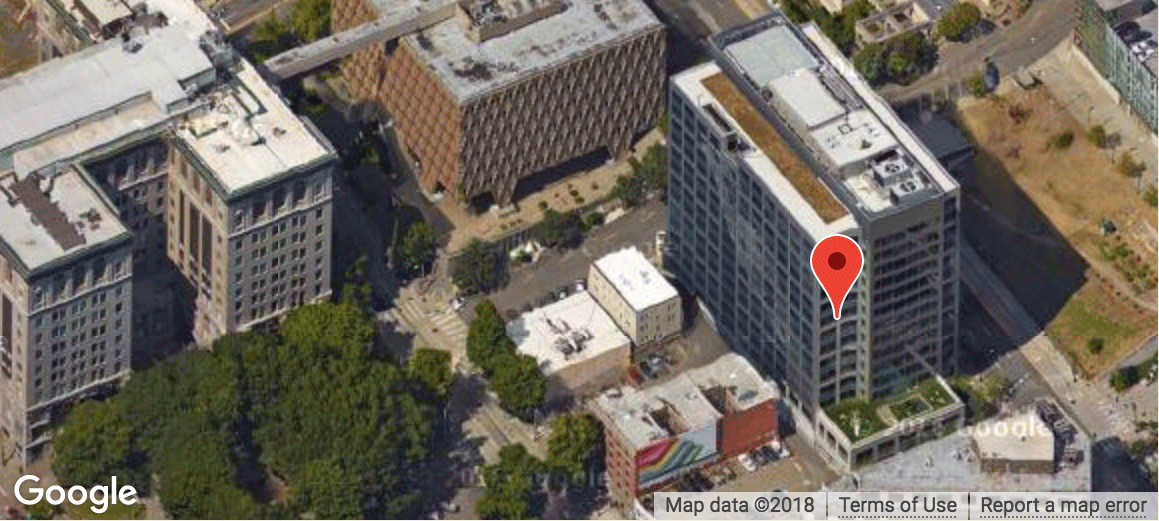King County remembers Nisqually earthquake
Summary
Ten years ago, on February 28, 2001, the Nisqually Earthquake shook the Puget Sound region. The magnitude 6.8 tremor was one of the largest in Washington state history, and caused extensive damage throughout King County and the Western Washington region. In the decade since, King County has undertaken a number of projects designed to protect life and property the next time the earth moves.
Story
Ten years ago, on February 28, 2001, the Nisqually Earthquake shook the Puget Sound region. The magnitude 6.8 tremor was one of the largest in Washington state history, and caused extensive damage throughout King County and the Western Washington region. In the decade since, King County has undertaken a number of projects designed to protect life and property the next time the earth moves.“I was a State Senator serving in Olympia when the Nisqually quake struck, and it sounded like the capitol building dome was going to collapse on top of us,” said King County Executive Dow Constantine as he remembered where he was during the 2001 quake. “Particularly after that experience, I take emergency preparation very seriously. I am pleased to see the progress we have made in the past decade to make us better able to withstand the next substantial earthquake in our region.”
“As many residents may recall, the King County Courthouse was one of the hardest-hit buildings in the quake,” said King County Facilities Management Director Kathy Brown. “Inspectors found cracked plaster, broken windows, and failed clay tile walls. Fortunately though, the primary structure escaped damage.”
After the Nisqually quake, King County moved quickly to retrofit the courthouse to bring it up to current seismic standards. The improvements included pouring a new foundation and shear walls, putting in shock absorbers, and installing carbon-fiber reinforcing wrap on support columns.
“We couldn’t shut the courthouse down for the retrofit, so we had to do the work with the building still occupied,” said Brown. “It was sort of like doing an overhaul on your car while driving down the highway.”
The seismic retrofit, along with other life and safety improvements to the building, cost $105 million, and the project was finished on time and under budget. “Its resistance to earthquakes now compares with that of a modern, 21st century office building,” Brown added.
The King County International Airport at Boeing Field also suffered damage, including cracks in the runway. The County made significant repairs to its runways, storm drains, and taxiways, and carried out a seismic upgrade to the air traffic control tower.
“Because Boeing Field literally sits on top of the former Duwamish riverbed, the Nisqually Earthquake severely damaged many areas of the airport, including the main runway, where engineers used radar and seismic detection techniques to map some 2,000 feet of surface cracks after the earthquake hit,” said deputy airport director Mike Colmant.
The repairs protected this vital link, as Boeing Field supports the regional economy with an economic impact of around $3.2 billion per year, and could be the region’s only connection to outside help in a future earthquake.
“In the years following the earthquake, we continued to rehabilitate the airport infrastructure,” Colmant added. “In 2006, we completed a comprehensive main runway rehabilitation. We re-paved the entire 10,000-foot main runway in just 19 days, which helped minimize the impact on airport users such as UPS and Boeing.”
The $4.4 million cost of repairs and seismic upgrades to Boeing Field came from an airport reserve fund, earthquake insurance, FEMA, an FAA grant, and Washington State. Since King County International Airport is self-supporting, no King County General Fund money was used.
King County is prepared to respond quickly, and the need for rapid response is heightened because the next earthquake cannot be predicted. The Office of Emergency Management has conducted two full-scale earthquake exercises in recent years. The “Sound Shake 2010” drill included more than 25 public and private partners from across King County. One of the results of the exercise is a new Sound Shake Earthquake Preparedness Guide, which will be distributed to businesses in King County later this spring.
“We now have a state-of-the-art emergency operations center that we did not have in 2001,” said King County Office of Emergency Management Director Hillman Mitchell. After the Nisqually earthquake, the county relocated their operations center from an older building near the King County airport between the runway, a rail corridor, and near I-5. The new facility sits atop a ridge of solid bedrock in Renton, and has 800mhz radio communication to almost all parts of King County to facilitate communication during an emergency event. “Residents can sleep well at night knowing that we are up late planning for all possibilities for disasters, and getting our region ready,” Mitchell added.
When the next earthquake does strike, King County residents also need to be ready. The key to survival is Drop, Cover, and Hold. When the ground starts shaking:
- DROP to the floor
- Take COVER under a sturdy table, desk, or chair
- HOLD in place until the shaking stops.
More information about disaster preparedness for residents and businesses can be found at www.kingcounty.gov/prepare.

 Translate
Translate

